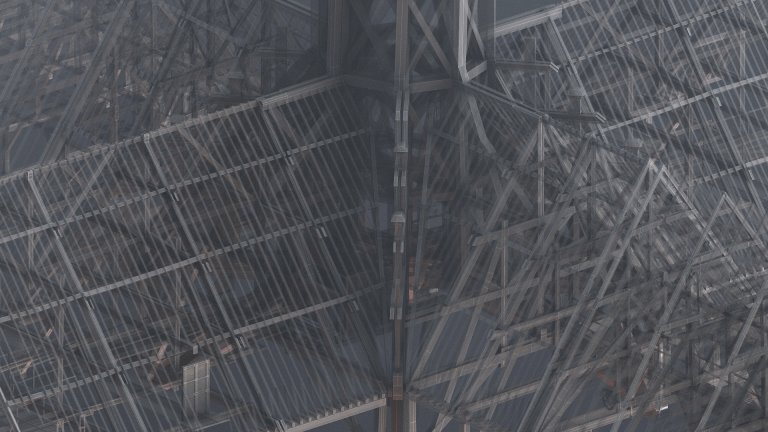
© Kévin JACQUOT / MAP / Vassar College / AGP / GEA / Chantier Scientifique Notre-Dame de Paris / Ministère de la culture / CNRS
View the mediaScientific news
In 2019, we watched in horror as Notre-Dame burned. A tragedy, but also an opportunity to examine in detail a building with many secrets.

© Kévin JACQUOT / MAP / Vassar College / AGP / GEA / Chantier Scientifique Notre-Dame de Paris / Ministère de la culture / CNRS
View the mediaIt was in 2019, but the images are seared in our minds as if it was yesterday. The first flames, the thick smoke, the inferno and Viollet-le-Duc's spire collapsing before the stunned gaze of the whole world. No one would have imagined that Notre-Dame de Paris, the most visited monument in the world and the gem at the heart of the capital since the 12th century, would burn so quickly.
In addition to the issues related to its restoration (the reopening has been announced for December 2024), the tragedy has paradoxically become a great opportunity for scientists from various fields, who have never had this kind of access to the monument. This is how an extremely ambitious scientific project involving more than fifty research teams has risen from the ruins, working on the wood, stone, acoustics, digitisation of the cathedral, etc. In the long term this will give us a better understanding of what makes this unique building so special.
On this tragic anniversary, we invite you to enter the gates of Notre-Dame through the middle of a forest of scaffolding, in the company of the scientists who have been studying it in great detail for the last two years.
Our work is guided by the way scientists question the world around them and we translate their research into images to help people to understand the world better and to awaken their curiosity and wonderment.